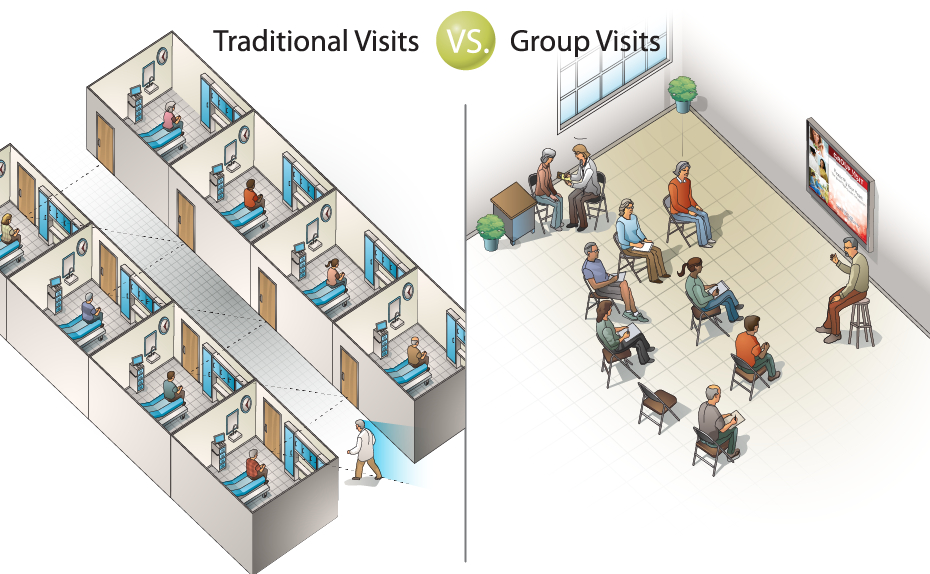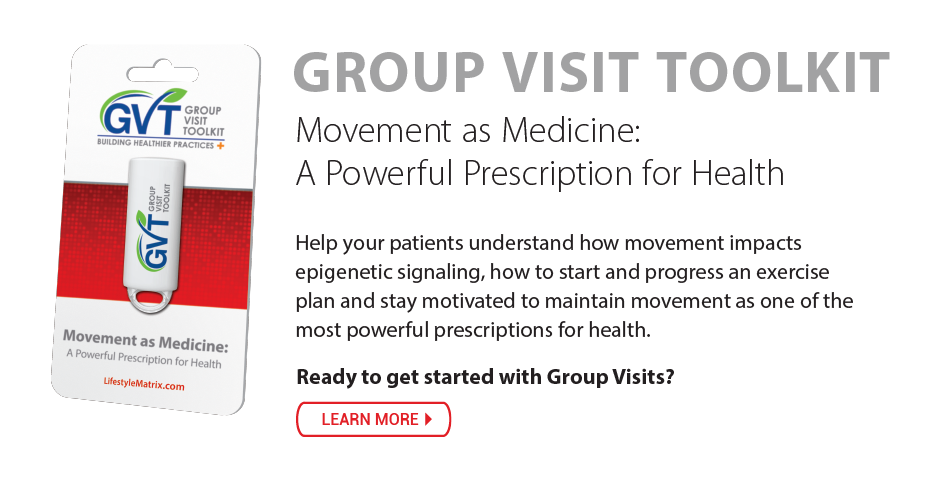Let’s face it.
Advising patients to exercise and engage in regular physical activity is a prescriptive no-brainer. The case for movement as medicine continues to solidify as journal after journal elucidates the anti-inflammatory powerhouse that exercise is. Whether for the reduction or reversal of obvious cardiometabolic diseases like diabetes and heart disease or of lesser-known chronic complex conditions like autoimmunity, cancer and dementia, exercise should be a foundational strategy to reduce inflammation and change epigenetic signaling for a healthier future for all patients.

Let’s face it.
Writing a prescription for exercise is much easier than getting patients to do it. Why? The answer lies in understanding what precedes the behavior of daily exercise: motivation. Intrinsically motivated patients will exercise because they like it, whether or not you provide them a reason to do it. There are a few of these special people roaming around our offices, but mostly, we care for patients that are extrinsically motivated. These individuals need a reason, a goal, a reward or a pat on the back to get them started and keep them going. Oddly, they will perform an action even though the task might not be in and of itself rewarding so long as their external reinforcement is maintained (e.g., working out to lose weight on the scale).
Let’s face it.
Who has the time to individually educate a patient about the universal and personalized benefits of exercise, the right exercise prescription at the right time, the importance of exercise intensity, and the hidden risks (and solutions) for the sedentary behavior many of us are guilty of in our daily lives? It did not make clinical, financial or operational sense when I ran a busy insurance-based practice seeing 18 to 22 patients a day, nor as I run a concierge practice seeing eight patients a day. Either way, Group Visits were the answer.

Gather 10 to16 patients curious about how to successfully substitute a personalized exercise prescription for a pharmaceutical drug in a room, and you have the makings for some serious extrinsic motivation. In one 90-minute group medical appointment, they are immersed in a social and clinical forum to learn, discuss and plan how they will begin experiencing one of the most powerful and rewarding treatments available to the human body. You get the platform and time to give movement medicine the attention it deserves and get paid well for the expertise and experience you have provided.
Let’s face it.
If you don’t intrinsically love doing Group Visits (likely because you haven’t done one yet), you may need some extrinsic motivation yourself. Contact the Lifestyle Matrix Resource Center at [email protected] learn how our implementation team can walk your team step by step through your first Group Visit. Take the leap with Group Visit Toolkits now and start saving time, money and lives for good!

Shilpa P. Saxena, MD
Shilpa P. Saxena, MD is a Board-Certified Family Practice physician whose passion and purpose come to life through sharing her innovative patient education and practice management solutions in her classic ‘keep it simple’ style. She serves as Faculty with the Institute for Functional Medicine, the Arizona Center for Integrative Medicine, the University of Miami, Miller School of Medicine, and the Metabolic Medical Institute at George Washington University. Dr. Saxena is an expert in the Group Visit medical model, creator of Group Visit Toolkits, and co-author of The Ingredients Matter: India.





